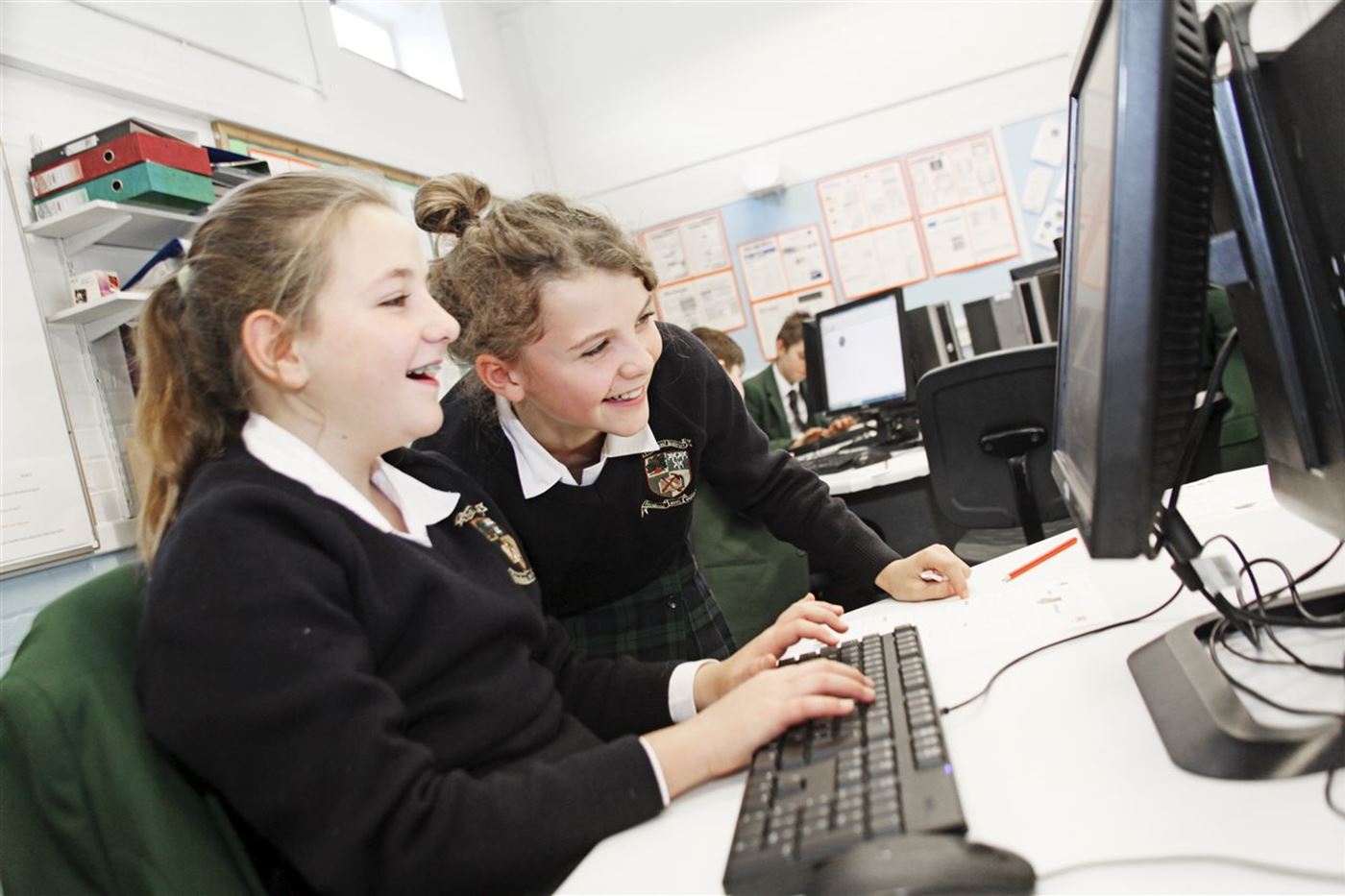Sibford School, in Oxfordshire, is not a place that sits still – in fact, the school has got big ambitions.
Year 8 pupils recently won a special commendation in the World Book Day Award for their entry of a life-size paper tree, with each branch home to famous locations from their favourite books. Meanwhile, a group of Sixth Form students has recently returned from a trip to the US, after being invited to attend the 19th annual Quaker Youth Leadership Conference.
A co-educational day and boarding school with some 400 pupils aged between three and 18, Sibford is a mainstream school which nurtures individual talents and believes that each child is talented, each different and all valued.
This philosophy has led to the school attracting a number of students with special educational needs … 33% of intake are SEND – that is, dyslexic, dyscalculic or with autistic spectrum conditions – and 13% are overseas students, often from China, Russia or Japan, for whom English is not the first language.
We look at all barriers that our students might face, whether it’s organisational skills, literacy skills, the ability to read and write and also other areas such as social skills and mental health. Further more, in the case of our ESOL students, not only do they have a different first language, but they are also often used to working with a different alphabet. It is therefore very important that we explore different ways of teaching and testing, so that no student is at a disadvantage.
Sibford started by looking at how technology and digital learning could help the school meet the varied needs of its students. Early steps included word processing for those who needed help to write and ‘text to speech’ tools for those struggling with their reading. But the school wanted a way to bring these helpful tools together, making it easier for teachers to implement and providing a structure for all students to work with.
Two years ago Sibford School adopted Firefly, a tool that categorises content, tracks homework, and enables collaboration, including parental engagement. This move saw a cultural shift, as Firefly rapidly became part of day-to-day school life with teachers embracing this new way of keeping resources in a single place.
For example, Drama classes focus on board work, bringing together students’ notes and ideas without heavy emphasis on writing. After the work is completed the teacher photographs the whiteboard and uploads it for students to use as a revision tool.
The Library has implemented a digital one stop shop for online resources, including checklists, revision notes and relevant safe to access websites. This is of particular help to students conducting projects, enabling them to access information when they need it and saving teacher time, as they no longer have to produce worksheets for different tasks.
The Science Department has introduced the ‘Talking Textbook’. Each topic area has been broken down into a designed page, including images and rich media, like videos. To help students digest the information, every page includes a podcast, allowing students to follow the text as it’s read. This has proven an effective approach, as students can learn or revise a topic at their own pace. It has also reduced the need for TA support.
Sibford School has found that this clear structure and cross-departmental approach has made a real difference to learning. Students know where their materials are kept, what assignments are due and how to contact their teacher for further help.
Excitingly, by adopting this approach, new opportunities have opened up for both teachers and students … for example, student ambassadors are now creating their own podcasts and resources for their peers.
Sibford plans to continue this digital innovation, always focussing on making learning accessible to all.
There’s still things we can do to continue to make the curriculum more accessible. We’re always thinking about it and looking at ways we can build on the success already experienced.

